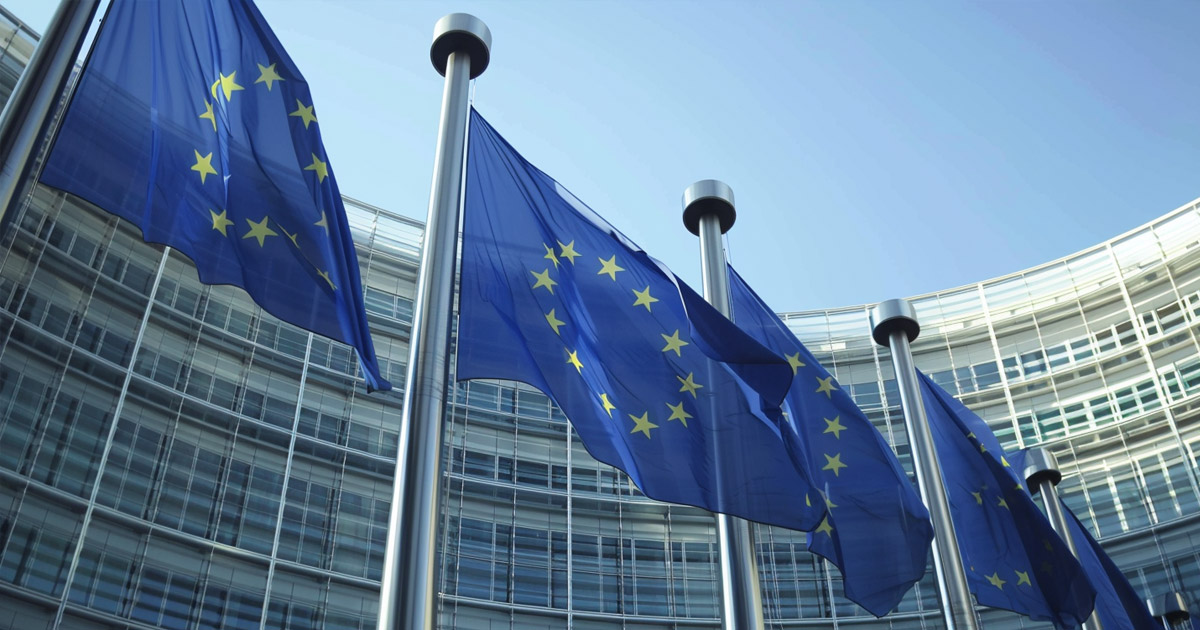Web3 emerged due to the demand for better experiences that benefit end-users, and development in the industry has raced ahead of regulatory oversight.
The current state of crypto regulation varies from nation to nation, yet if there’s one thing in common it’s that implementing regulatory oversight in the industry is a challenge that has not yet been solved. There is a strong desire for fair and robust regulation among many crypto companies, and governments are keen to strengthen their authority over the industry, but that desire has yet to translate into action. As a result, the pace of regulatory change is glacially slow, creating a big gap between Web3’s innovation and the existence of appropriate regulatory frameworks.
In many ways, Web3 regulation can be likened to the story of the tortoise and the hare. The hare stands for the crypto industry, which has raced ahead and built an entire ecosystem of decentralized services, in finance, gaming, travel, healthcare and elsewhere. Regulatory bodies are the tortoise, struggling to catch up with the rapid pace set by the hare.
In response to regulators’ sluggish response, some Web3 companies have taken it upon themselves to future-proof their platforms for what they see as the inevitable arrival of more concrete regulatory frameworks. They’re doing this to ensure that innovation in the industry won’t come crashing to a halt when the government finally catches up.
A Conflicted Regulatory Landscape
Less than a decade ago, no one had even conceived the idea of Web3 or a decentralized internet, and when the concept emerged, its development was so rapid that an extensive ecosystem had already arisen by the time it landed on regulator’s radars.
The initial response from many regulators can be best described as reactive, with the introduction of strict rules designed to clamp down on the illicit activities enabled by crypto.
However, many jurisdictions have since come to recognize the incredible benefits Web3 can bring. Yet others continue to deem the arrival of decentralized networks as a threat, resulting in a nascent regulatory regime that varies wildly from one territory to another.
Crypto-friendly jurisdictions
Some of the more open-minded nations include Singapore, Japan, the UAE and Switzerland, which have introduced flexible and accommodating laws designed to enable innovation around digital assets. They have become widely recognized as hubs for Web3 innovation.
As an example, Japan announced in 2017 that it would be legalizing Bitcoin payments. Although not officially legal tender, Bitcoin is freely accepted by hundreds of stores across Japan, and a number of payment service providers, which enable crypto to be exchanged into fiat and spent in stores, have emerged in that country. Japan later followed with a licensing regime for cryptocurrency exchanges, designed to prevent a repeat of the collapse of Mt. Gox, and although this created a few extra hurdles, it also signaled an acceptance of crypto in that country.
Few counties have reacted more positively to crypto than El Salvador, which has legalized Bitcoin and actively encourages its citizens to use it for payments and invest in it. It has even created a treasury that regularly adds Bitcoin to invest in the country’s future.
Another positive example of Web3 regulation is the UAE, which has created a regulatory framework under the Virtual Asset Regulatory Authority. Under VARA, crypto companies can apply for licenses to provide a wide range of crypto-related services to consumers worldwide.
Cautious Jurisdictions
Some economies, such as the U.S. and the European Union, have opted for a more delicate balancing act, seeking to encourage innovation yet also ensure strong protections are in place for consumers. These jurisdictions are wary of stifling innovation, yet they believe there is a strong need for caution and clarity to ensure consumer safety.
The U.S., the Responsible Financial Innovation Act of 2022 aimed to provide greater clarity for agencies that oversee digital asset markets, including a framework that attempts to integrate crypto into existing taxation rules.
Meanwhile, in the EU, regulators have introduced the Markets in Crypto-Assets Regulation framework, which aims to cover digital assets not covered by existing legislation. The idea is to standardize crypto activities, protect consumers and uphold market integrity, while encouraging innovative development in the Web3 sector.
Restrictive Jurisdictions
Some countries have reacted much more harshly to Web3 innovation. One of the most well-known is China, which has imposed numerous, if somewhat ambiguous bans on cryptocurrency several times in the past, also deterring the use of some kinds of Web3 applications. These stringent measures are thought to be motivated by the Chinese government’s concerns over economic disruption, and a desire to maintain a strong grip on its financial ecosystem and economy.
Other countries, such as Iraq and Saudi Arabia, have enacted similar harsh regimes, reportedly banning cryptocurrencies outright.
Self-Regulation in Web3
While governments struggle to keep pace with Web3’s rapid development, some crypto companies are busy preparing for the day they do catch up.
MultiBank.io is one of the leading lights in this regard, actively designing its crypto trading and investment platforms for a regulated future. It’s doing this by leveraging its strong background in regulated finance, having made its name as a platform for trading foreign exchange, commodities and other traditional assets.
According to MultiBank.io, the idea is to ensure full legitimacy around its crypto operations and promote trust among its users. It implements the same kind of regulatory checks and balances on its crypto trading platform as it does in its traditional platforms, ensuring that users are verified to create a safe trading environment.
Other examples of Web3 platforms pushing regulation include Swarm, the German tokenization platform that voluntarily follows the standards of that country’s Federal Financial Supervisory Authority. Meanwhile, Tokeny has built a compliant infrastructure platform for tokenizing real-world assets, enabling companies to issue, manage and transfer digital assets in a fully compliant manner.
Cooperation To Advance Web3
The regulatory measures implemented by these pioneering firms serve as an example for the rest of the Web3 industry, and many more are following suit, creating a regulatory structure that eliminates the opportunities for bad actors to abuse digital assets. By enforcing compliance, MultiBank.io, Swarm, Tokeny and others help to reduce the risk of fraud, increase transparency and instill greater trust in their platforms, setting an example for others to follow.
At the same time, they also help to encourage regulators to take a more conciliatory approach to the industry, engaging with participants to create more flexible frameworks that support innovation and growth in Web3.
Credit: Source link














































